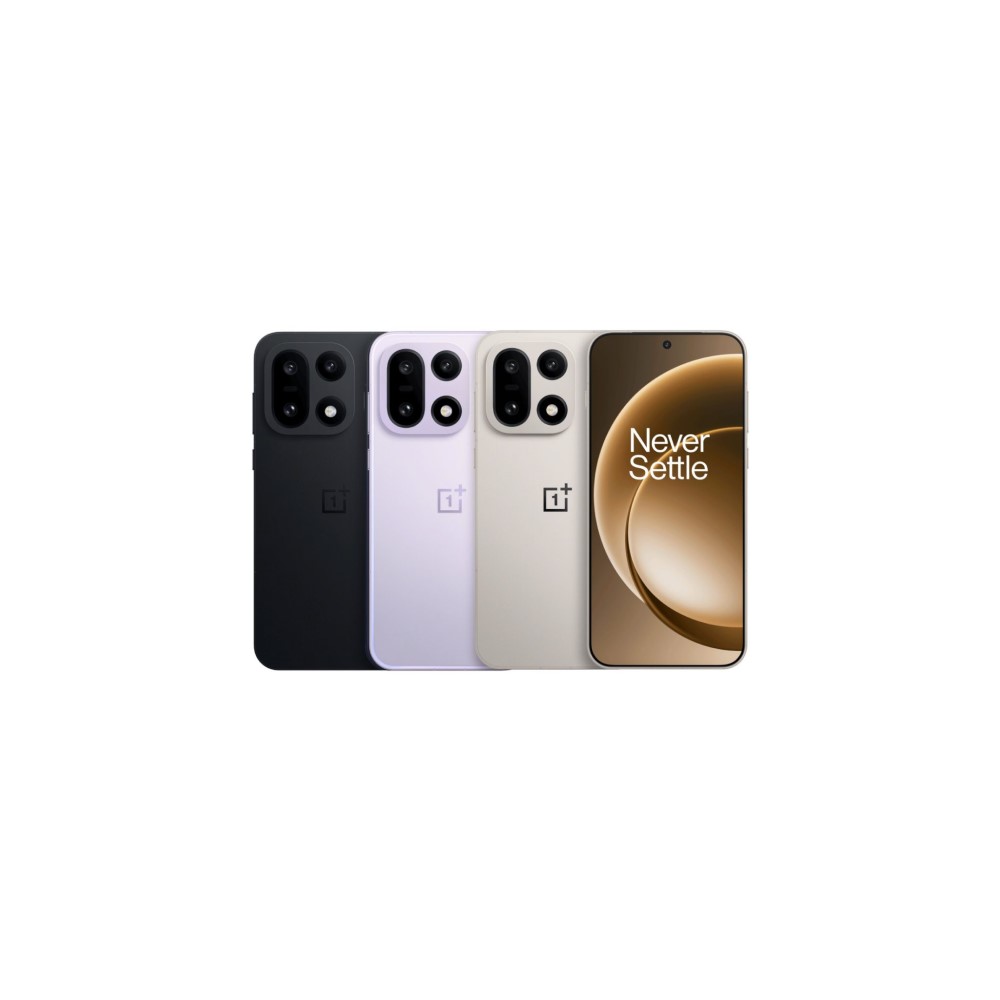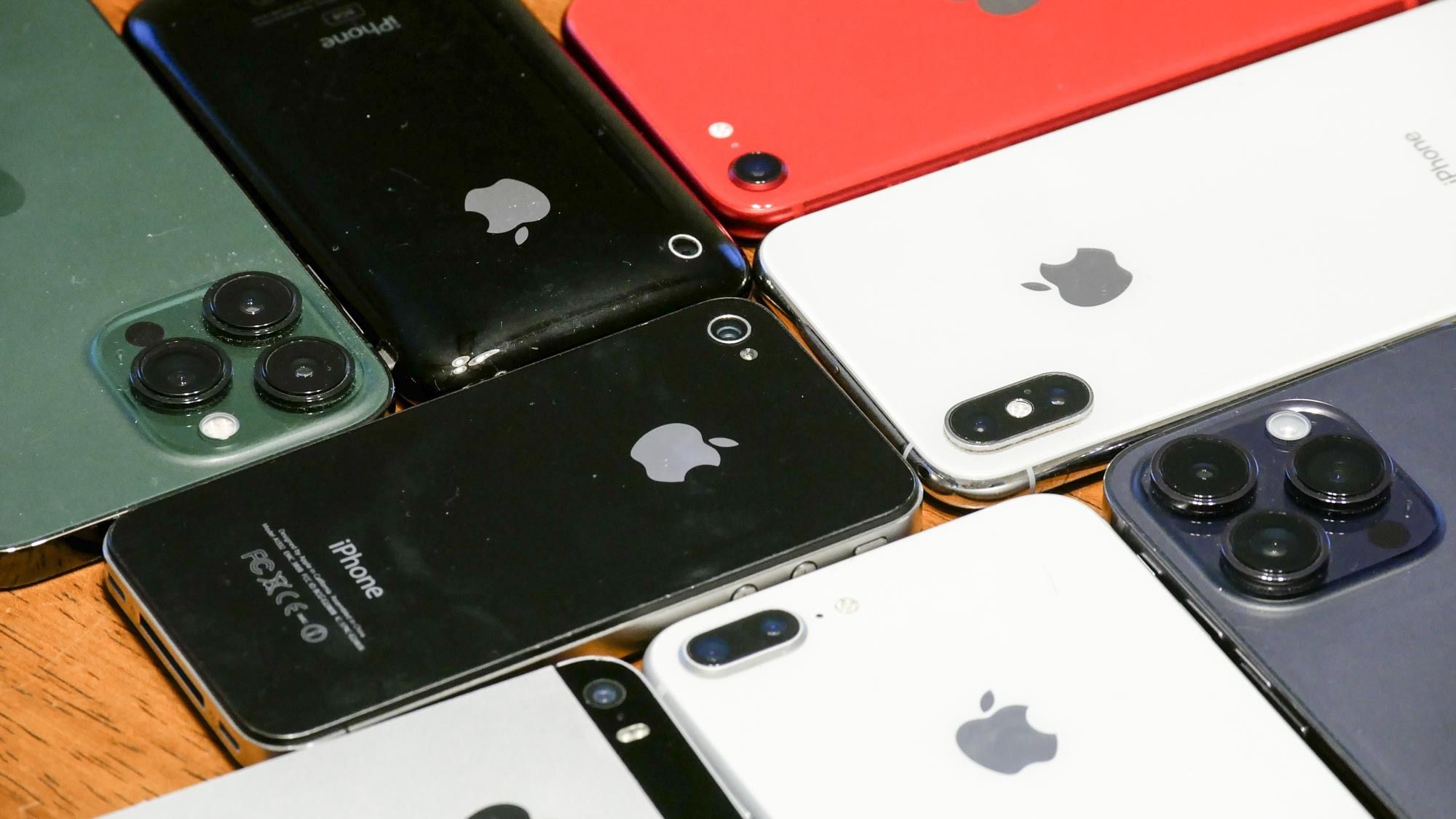One of the best ways to truly perceive the idiom “time flies” is by tracking the launches of new phones. The launch of the OnePlus 13 is still fresh in my mind. But OnePlus, backed by the earlier-than-usual release of the latest Snapdragon 8 Elite Gen 5, is already launching a successor: the OnePlus 15. Following its unveiling in China last month, the OnePlus 15 is now available globally, featuring a slightly revised design, new colors, and impressive battery and charging speeds.
Like its predecessor, the OnePlus 15 eschews the flagship killer identity that the brand previously established and is instead surrounded by the aura of a true flagship. As it finds a spot among other flagships, it’s worth evaluating how the OnePlus 15 competes against its competitors in the premium segment.
In this article, we look at the differences that make the OnePlus 15 a more compelling option than the Galaxy S25 Ultra, which sits at the top of the food chain (for phones).
Out of the OnePlus 15 and the Galaxy S25 Ultra, which flagship would you buy?
171 votes
The humongous battery
Tushar Mehta / Android Authority
The OnePlus 15 gets an enormous 7,300mAh battery across all regions. Not only is that a sizable (21%) upgrade over the OnePlus 13, but it is also significantly larger than the 5,000mAh unit that Samsung stocks the Galaxy S25 Ultra with. The pack has remained notably consistent since the Galaxy S21 Ultra.
The much larger battery on the OnePlus 15 has its obvious yields. Over the past two weeks, while testing the phone, I have only had to charge it once every two days. Meanwhile, the Galaxy S25 Ultra I have had for much longer won’t last longer than a day and a half with moderate usage.
And while the OnePlus brings a much larger battery than earlier, it does so while maintaining the same weight as earlier, which, by the way, is still lighter than the Galaxy S25 Ultra. That is because OnePlus uses a silicon-carbon battery, which allows it to have a significantly higher energy density than the traditional lithium-ion battery in the Galaxy S25 Ultra.
The OnePlus 15 packs more charge without feeling like a brick in your pocket.
While the significant difference in battery capacities already tells us what to expect, I also tested the two phones for their actual battery life. For a fairer comparison, I played the same 4K HDR video for an hour on both the OnePlus 15 and the Galaxy S25 Ultra side by side — keeping both phones at Full HD resolution. While the OnePlus 15’s battery dropped only 8%, the S25 Ultra tanked by 11%.
This should give you a clearer idea about the battery prowess of both phones.
Charging too fast to catch up to

Tushar Mehta / Android Authority
In addition to a larger battery, the OnePlus 15 also dominates with much faster 120W wired charging. While the 120W rate is restricted to OnePlus’ proprietary charger, the phone also supports open protocols such as USB-PD (Power Delivery) and PPS (Programmable Power Supply), supporting up to 36W and 55W, respectively. These figures have also increased over the previous generation. Unfortunately for those in the US, the charging speed is still capped at 80W. While that may seem unfair, it still outweighs the Galaxy S25 Ultra.
The fast charging has been vital for me to keep up with the chunky battery, which, on other phones, may take two to three hours to charge. On the OnePlus 15, however, it consistently charges fully in less than an hour. And for someone like me, who cannot remember charging their phone until a few minutes before leaving the house, that has proven to be a blessing.
The OnePlus 15 takes a big step towards open charging standards.
The Galaxy S25 Ultra, on the other hand, supports a peak charging speed of 45W over PPS. However, the charging rate falls back to around 34W once the phone charges 20%, and reduces subsequently when the phone reaches 35% battery. These limitations not only increase the charging time on the Galaxy S25 Ultra to well over an hour, but also make the 45W practically a gimmick. So, I’m grateful that it is finally being addressed with the Galaxy S26 Ultra.
Don’t want to miss the best from Android Authority?


Both phones also support wireless charging. If you’re comfortable using OnePlus’ custom wireless charging puck, you will be able to enjoy a much faster charging rate of up to 50W. Of course, that declines as the phone heats up.
On the other hand, if you prefer using a standard third-party charger, the Galaxy S25 Ultra may offer faster charging speeds due to its support for Qi2, which the OnePlus 15 lacks. Neither phone comes with magnets inside the body, so you would need magnetic cases — preferably first-party — to hook them to a wireless charging stand.
I, personally, find the fast wired charging more convenient, so I’m not bothered by the lack of Qi2. However, if you have phones from multiple brands — or are too deeply invested in the MagSafe ecosystem — you might want to reconsider your choices.
More reliable performance

Ryan Haines / Android Authority
As I mentioned above, the OnePlus 15 is also the first mainstream phone to launch globally with the newer Snapdragon 8 Elite Gen 5. Meanwhile, the Galaxy S25 Ultra uses a custom “For Galaxy” variant of last year’s Snapdragon 8 Elite. Although the customization allows Samsung to use a slightly higher clock speed than the standard variant seen on phones such as the OnePlus 13, these figures still fall below the latest flagship chipset.
In addition to higher core frequencies, the Snapdragon 8 Elite also gets Qualcomm’s updated Oryon V3 cores along with a newer generation of the Adreno GPU.
While recently testing the Snapdragon 8 Elite Gen 5 using synthetic benchmarks, we discovered that the chipset’s reference device outperformed the Galaxy S25. These results also hold true for the OnePlus 15, which scores better than the Galaxy S25 Ultra on Geekbench 6. I’m not truly surprised, given the generation upgrade.
However, what does surprise me is the extra boost in storage transfer rate. My preliminary testing suggests the OnePlus 15’s newer UFS 4.1 storage also offers slightly improved read and write transfer rates.
Collectively, these benefits should lead to improved day-to-day usage, not just in laborious tasks like gaming.
A great bet for gamers

Tushar Mehta / Android Authority
However, if you were buying the OnePlus 15 with the intention of gaming, you wouldn’t be disappointed for two broad reasons. First, the new 165Hz display amps the gameplay in certain competitive titles, such as Call of Duty: Mobile, to 165fps. During my time gaming with the OnePlus 15, I consistently achieved frame rates of over 160fps, making the OnePlus 15 the only device, other than an ROG Phone, to achieve those high frame rates.
Since the list of games that support 165fps natively is short, they would fall back to 60 or 120fps, based on the developer’s support.
Fewer games with 165fps mode may be a deal-breaker. But the 1.5K display, not so much!
But beyond the refresh rate increase, OnePlus claims a crucial upgrade for gamers. The touch response on the OnePlus 15 is reportedly significantly improved; its claimed touch sampling rate of 3,200Hz surpasses the typical industry figures by a colossal margin. Meanwhile, both the OnePlus 13 and the Galaxy S25 Ultra are believed to have a much lower 240Hz (yes, not 2,400Hz) sampling rate. OnePlus even claims to have allocated a dedicated chip to ensure a high response rate.
While I will need a sophisticated, high-speed camera to verify those claims, I certainly find the OnePlus 15 to respond to lighter touches, which is especially useful when you need a response as fast as a lightning strike.

Tushar Mehta / Android Authority
Admittedly, the OnePlus 15’s display is not all upgraded, as OnePlus dials back on the resolution. Instead of the 2K (1,440p) resolution that we see on the OnePlus 13 and the Galaxy S25 Ultra, the OnePlus comes with a 1.5K display — with a 1272 x 2772 pixels resolution that’s midway between 2K and Full HD+.
On paper, this does feel disheartening, but I can’t see myself perturbed by it. In fact, I can’t actively distinguish between Full HD, 1.5K, or 2K resolution on such a small display (even though I would be bothered if this was my 32″ desktop monitor). And I’m sure most people wouldn’t be able to either.
OnePlus states that it wasn’t technically feasible for them to create a 2K display with a 165Hz refresh rate. I won’t question that choice, especially since 4K content on Netflix or YouTube still looks as sharp as ever, and the reduced resolution may actually improve the battery backup, even if with a small margin.
OnePlus doesn’t overlook the small bits

Tushar Mehta / Android Authority
The OnePlus 15 also focuses on aspects that may be easier for other manufacturers to ignore. One of them is the ultrasonic fingerprint scanner that’s embedded in the display. It is exceptionally responsive and detects your finger, even if you tap the screen and lift it immediately. I like it even more since the experience is quite the opposite on the Galaxy S25 Ultra, which requires me to rest my thumb on the scanner area for a reasonable duration before it can detect and confirm it. If I lift it prematurely, it fails to let me in — and I’m not the only one facing this issue.
Additionally, the OnePlus 15 offers improved protection against water and jet streams. While the Galaxy S25 Ultra receives the traditional IP68 rating for dust and water resistance, the OnePlus 15 boasts expanded coverage with IP68, IP69, and IP69K ratings, which ensure additional protection against water jets at high pressure and high temperatures. That does not mean you’re free to take the phone with you in a hot shower or dunk it in blistering hot tea (the latter would be too extreme anyway), but it can accommodate occasional slip-ups. For most users, an IP68 would be assuring enough. But if you’re clumsy or tend to become completely unaware of your surroundings while doomscrolling as I do, the additional protection should only be more comforting.
Then, it brings the comfort of an IR blaster, which lets you control non-smart appliances by replacing their remote. I have successfully replaced all my air conditioner remotes with past OnePlus phones and hope to do the same with the OnePlus 15 — especially since it’s too simple to port added remote profiles from one OnePlus, OPPO, or Realme device to another.

Tushar Mehta / Android Authority
And lastly, the OnePlus 15 ditches the three-way alert slider: for good. While the decision can be harrowing if you, like me, have long been a OnePlus fan. But its replacement, a new programmable “Plus Key,” follows the footsteps of the iPhone’s Action Button. While it’s set to Plus Mind, which is OnePlus’ AI sidekick, you can also set it to open the camera, turn on the flashlight, change the sound profile, or even launch voice translation with Google Translate.
OnePlus 15 vs. Galaxy S25 Ultra: Which one is better for you?

Tushar Mehta / Android Authority
The OnePlus 15 and the Galaxy S25 Ultra have their individual advantages. While I emphasize the OnePlus 15’s benefits above, I must acknowledge that the Galaxy S25 Ultra appears to be a more compelling package — at least on paper — if you’re looking for better cameras. Its 200MP primary sensor and two telephoto cameras add up to that assumption. Further, One UI is one of the finest and least buggy interfaces among Android skins, and the phone also gets longer software support than the OnePlus 15. While Samsung promises to offer seven major Android updates — one of which has already been delivered as One UI 8 — OnePlus still only offers four. This may also vex those who wish to use their phones for longer than four years.
And finally, the S Pen is its unique advantage.
However, I’m convinced the OnePlus 15 is a better package for me, and that’s because the company focuses on aspects that I value the most. The Galaxy S25 Ultra cannot match the OnePlus 15’s superfast charging or its incredible battery life. Meanwhile, the display, despite a downgraded resolution, actually dazzles with its 165fps gaming (albeit with limited support for titles at the moment).
The OnePlus 15 is evidently better than the Galaxy S25 Ultra, not just for gaming but also for daily tasks, given its faster storage and the latest generation chipset. It is the perfect option for those obsessed with owning the absolute latest technology and wouldn’t have it any other way.

OnePlus 15
Peak power.
The OnePlus 15 is a flagship-level smartphone with very competitive specs: blazing fast chip, excellent display, huge battery + fast charge, and a triple 50MP camera system.


Samsung Galaxy S25 Ultra
100x zoom • Big battery • 7 years software support
Samsung’s best for 2025
Simply put, this is Samsung’s very best phone for 2025. The Samsung Galaxy S25 Ultra is a 6.9-inch QHD+ device with 12GB of RAM, 256GB+ of storage, embedded S Pen, and the overclocked Snapdragon 8 Elite SoC. The key upgrade over the lower S25 models is a 200MP main camera and 100x Space Zoom.
Thank you for being part of our community. Read our Comment Policy before posting.








